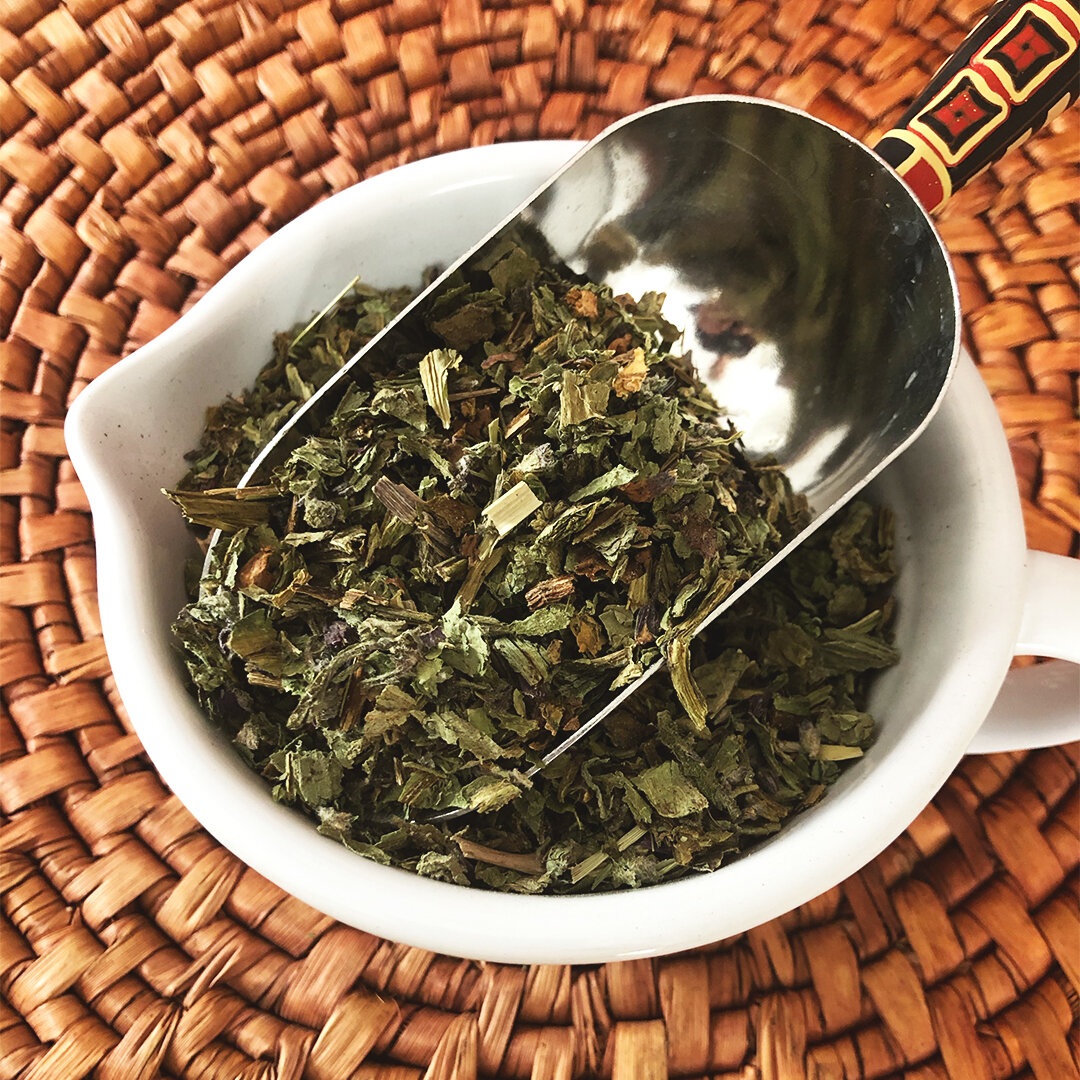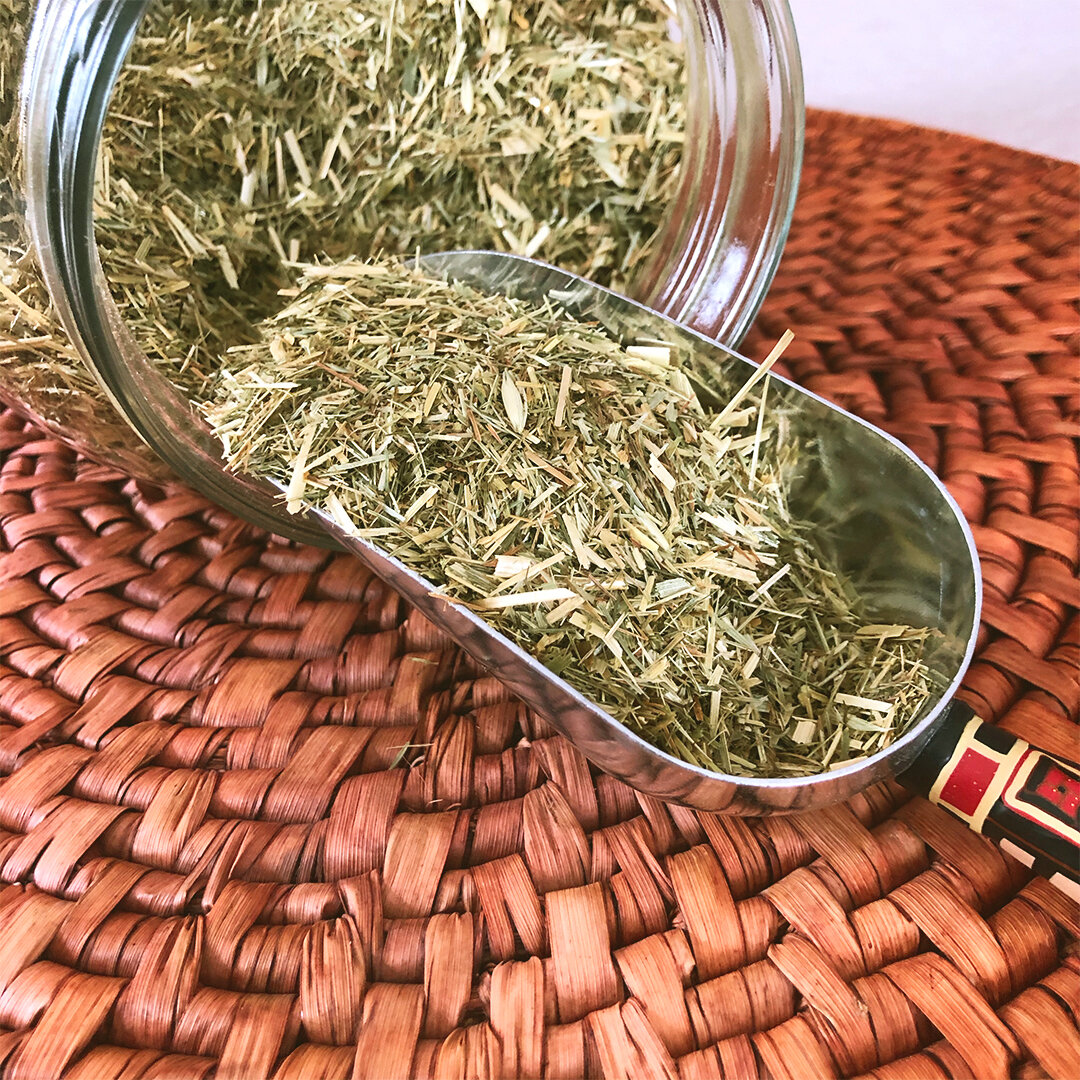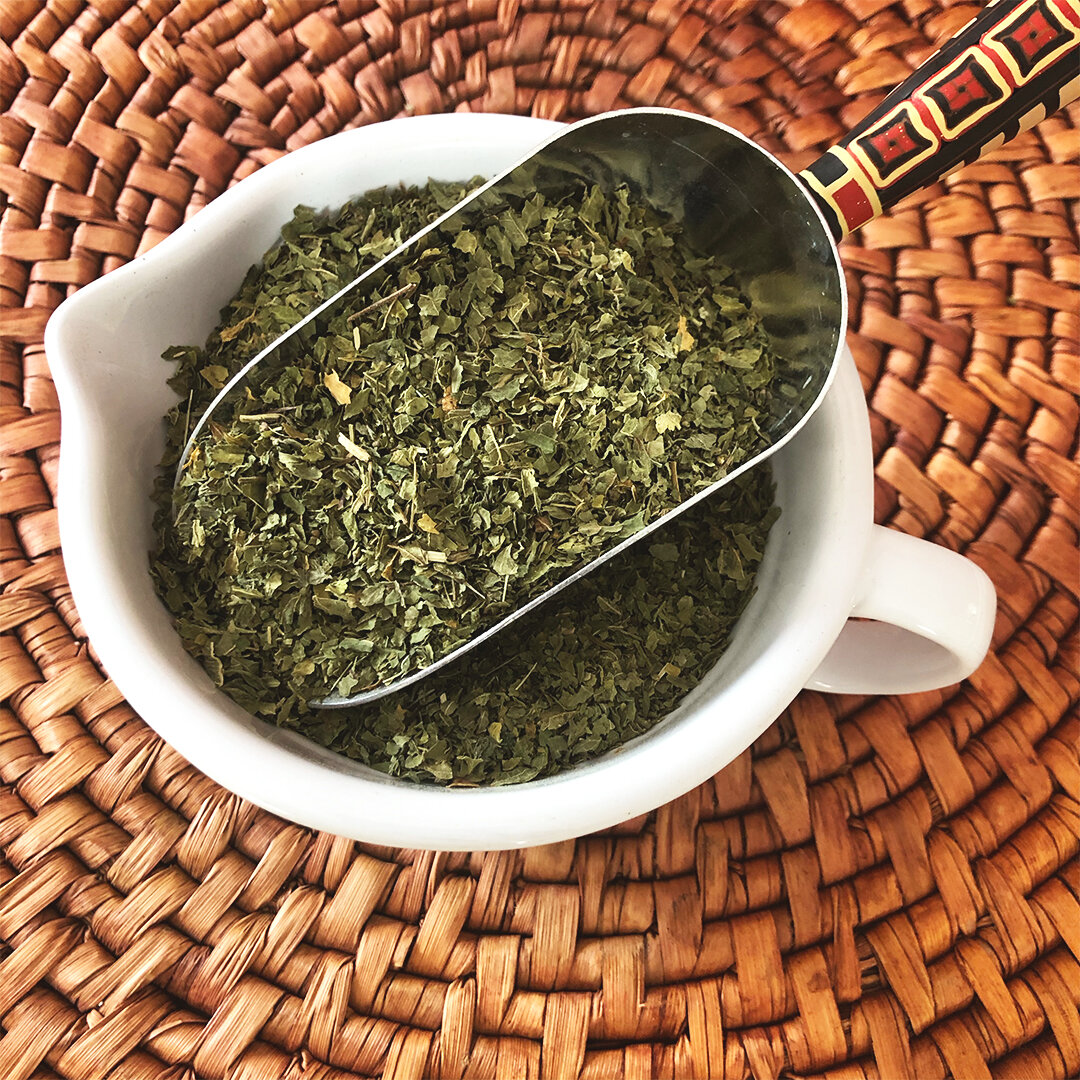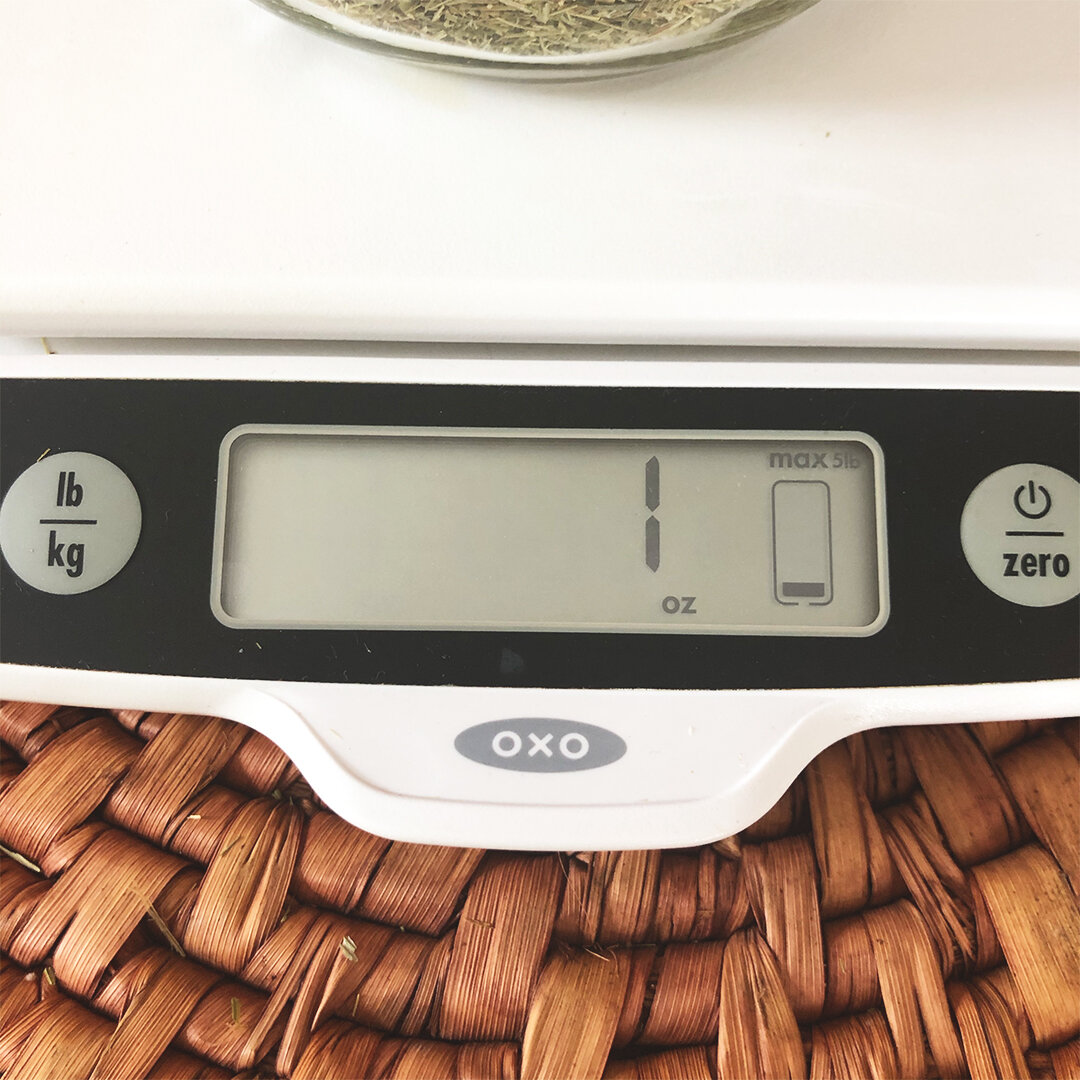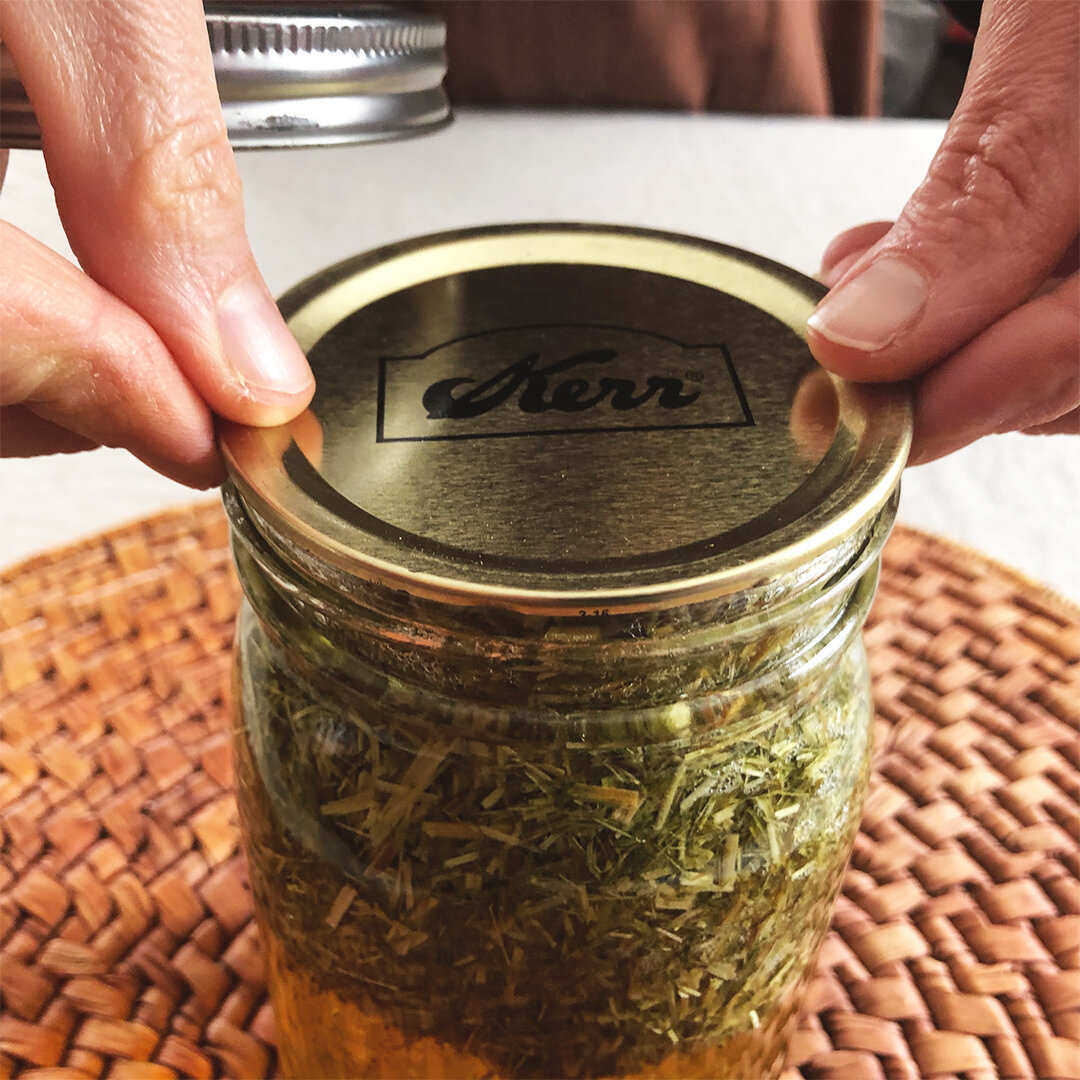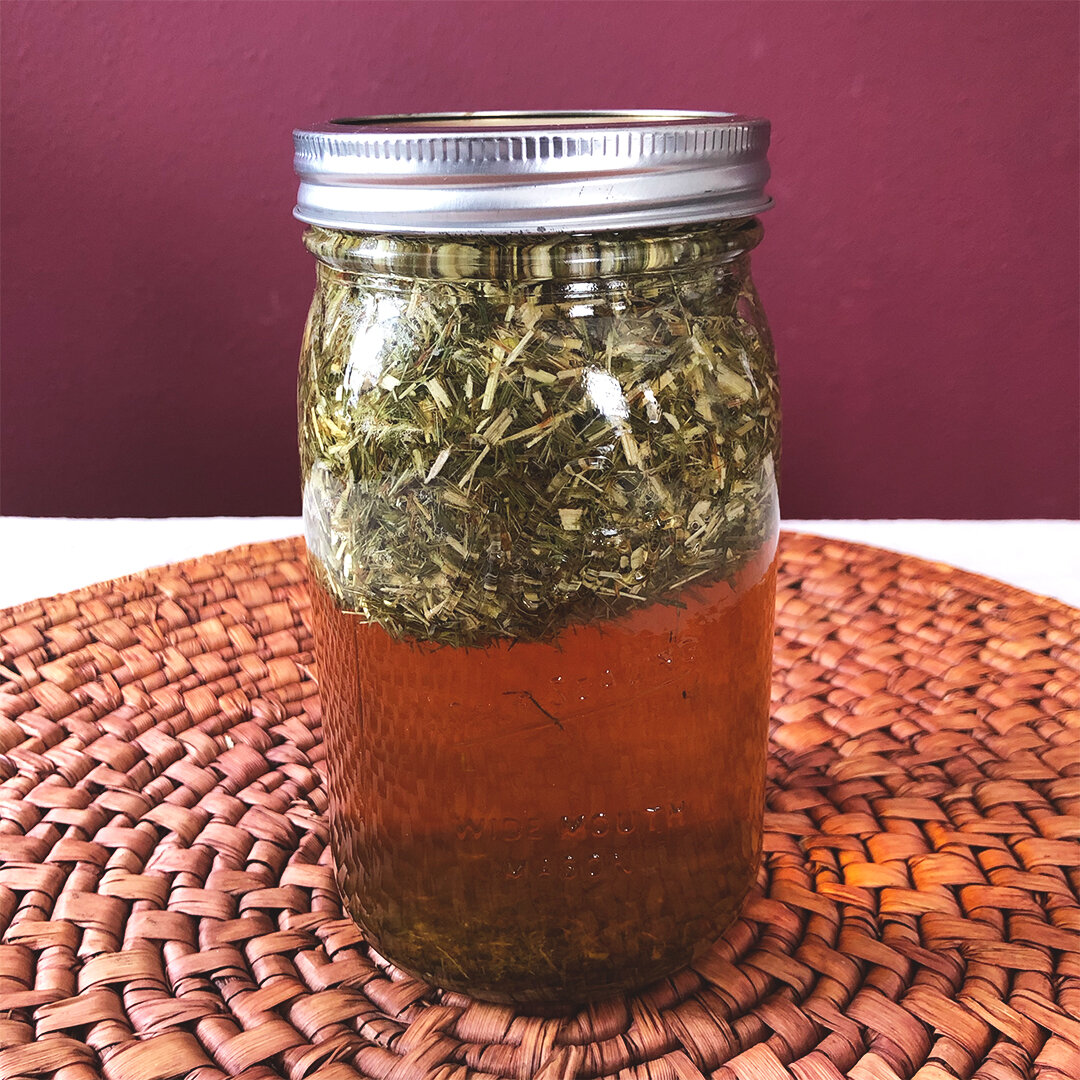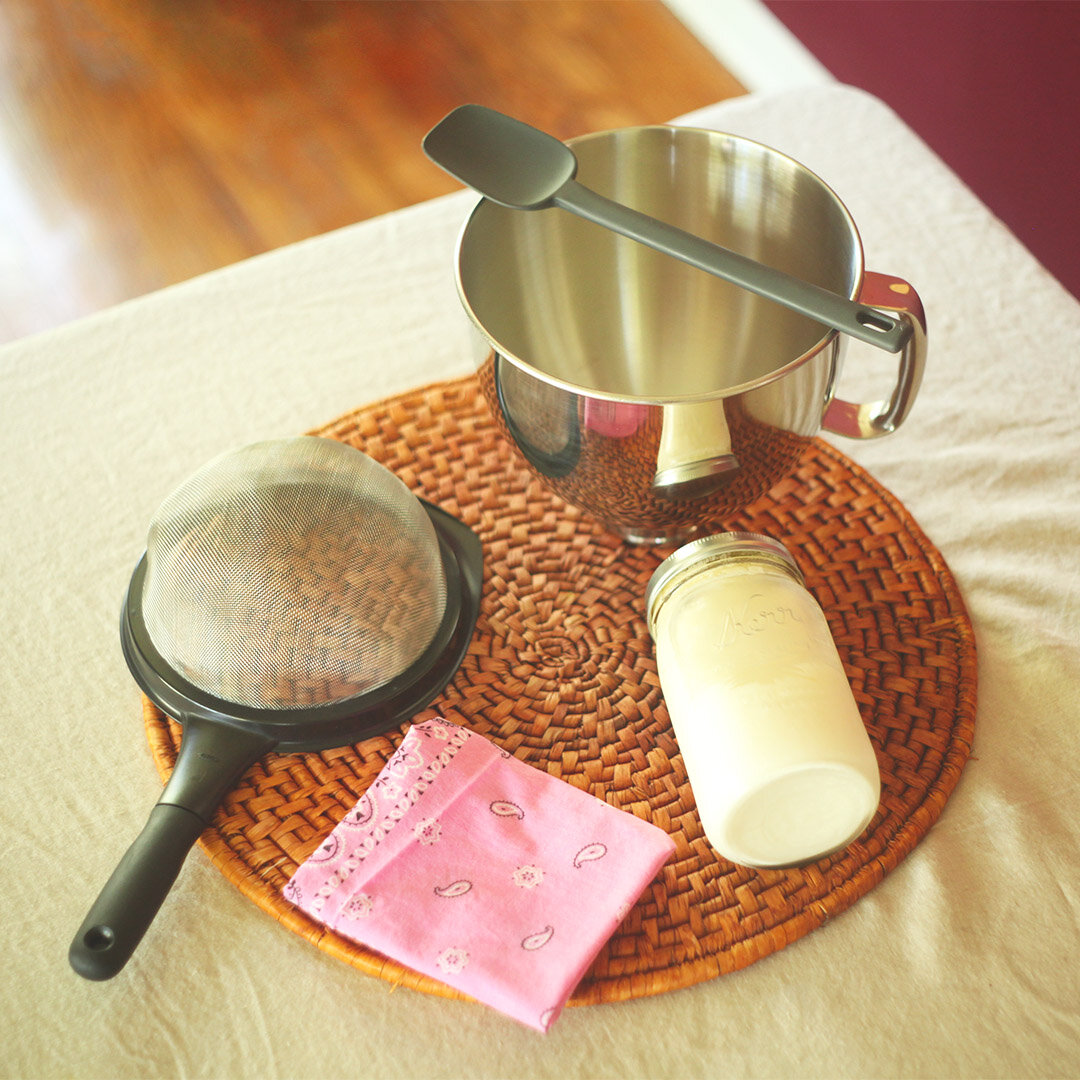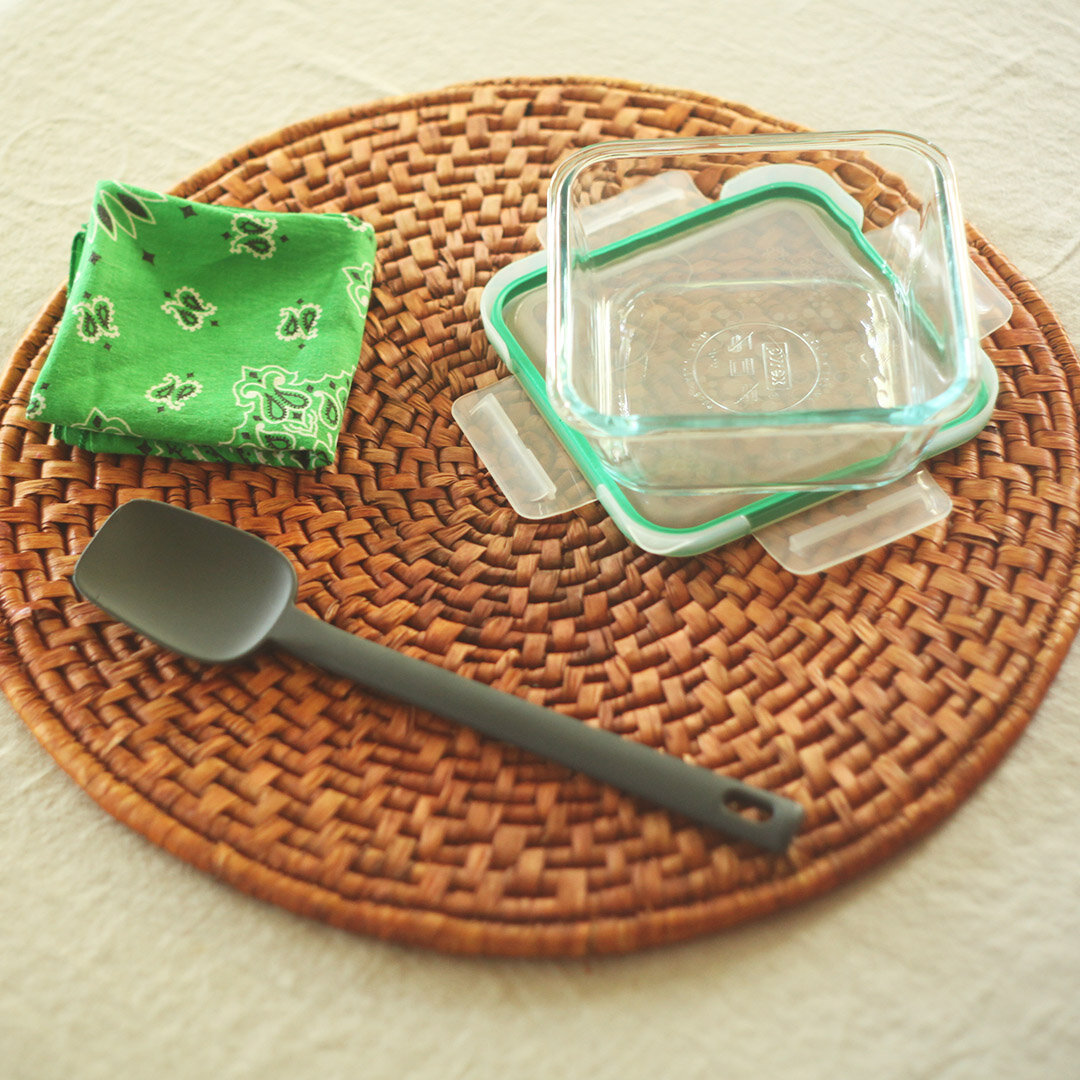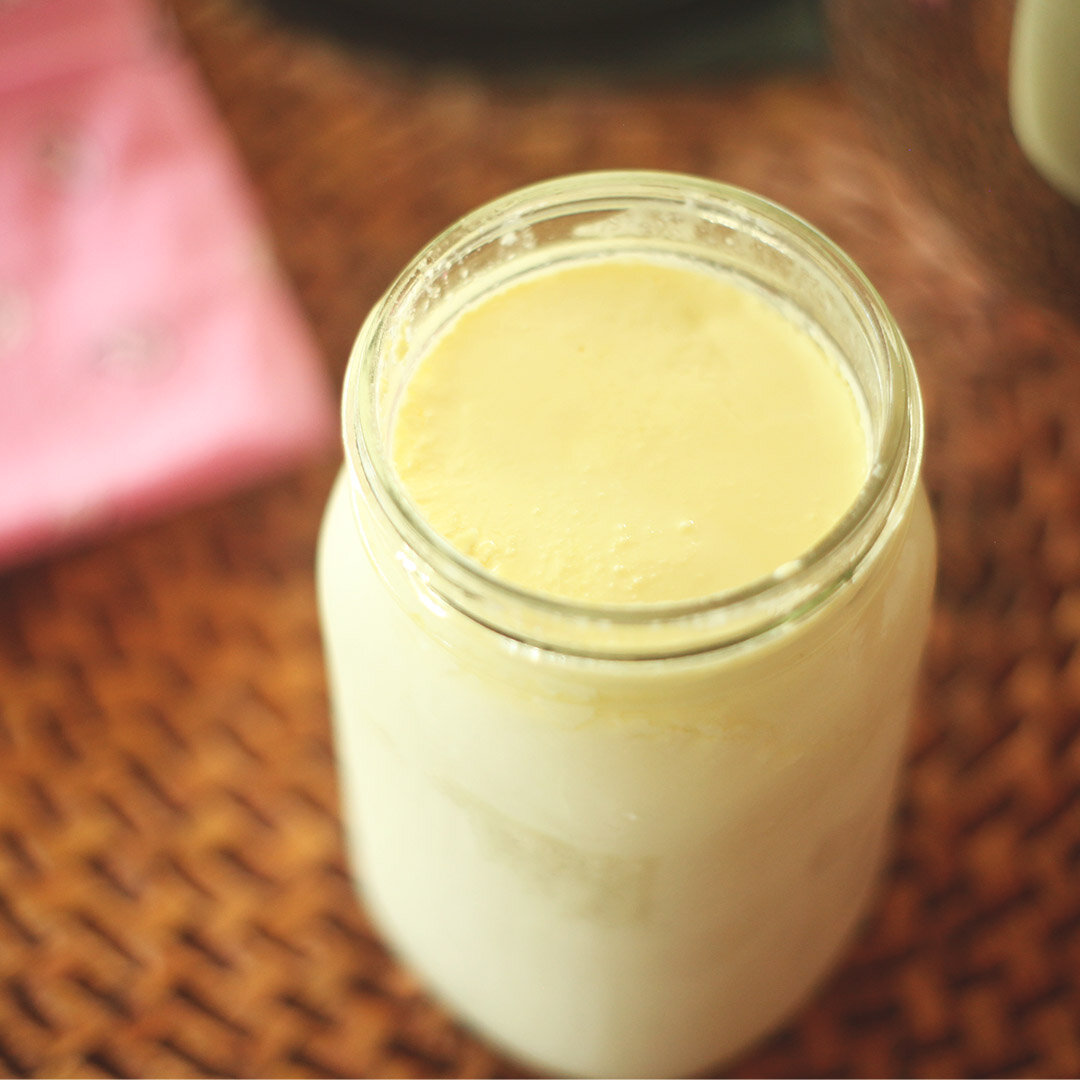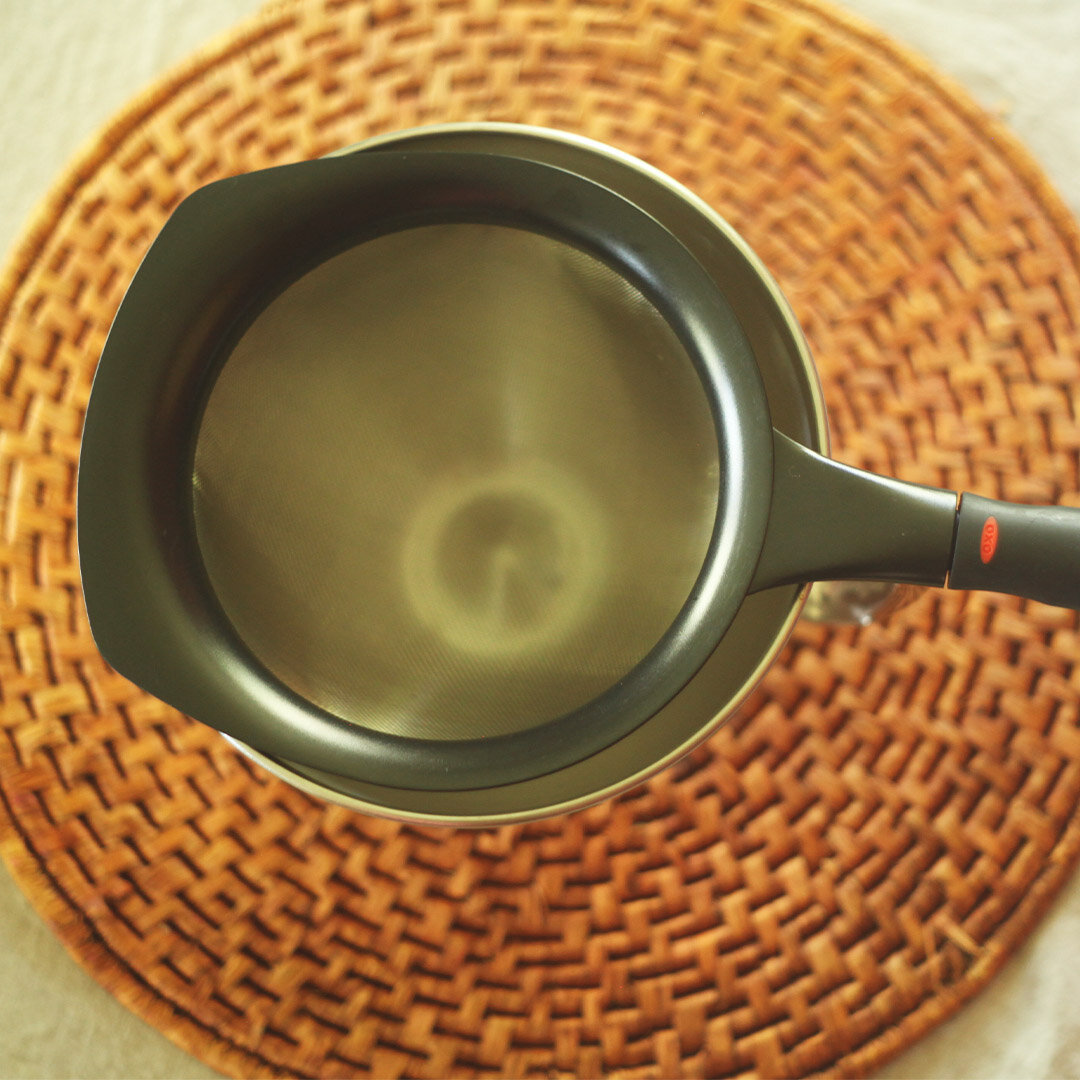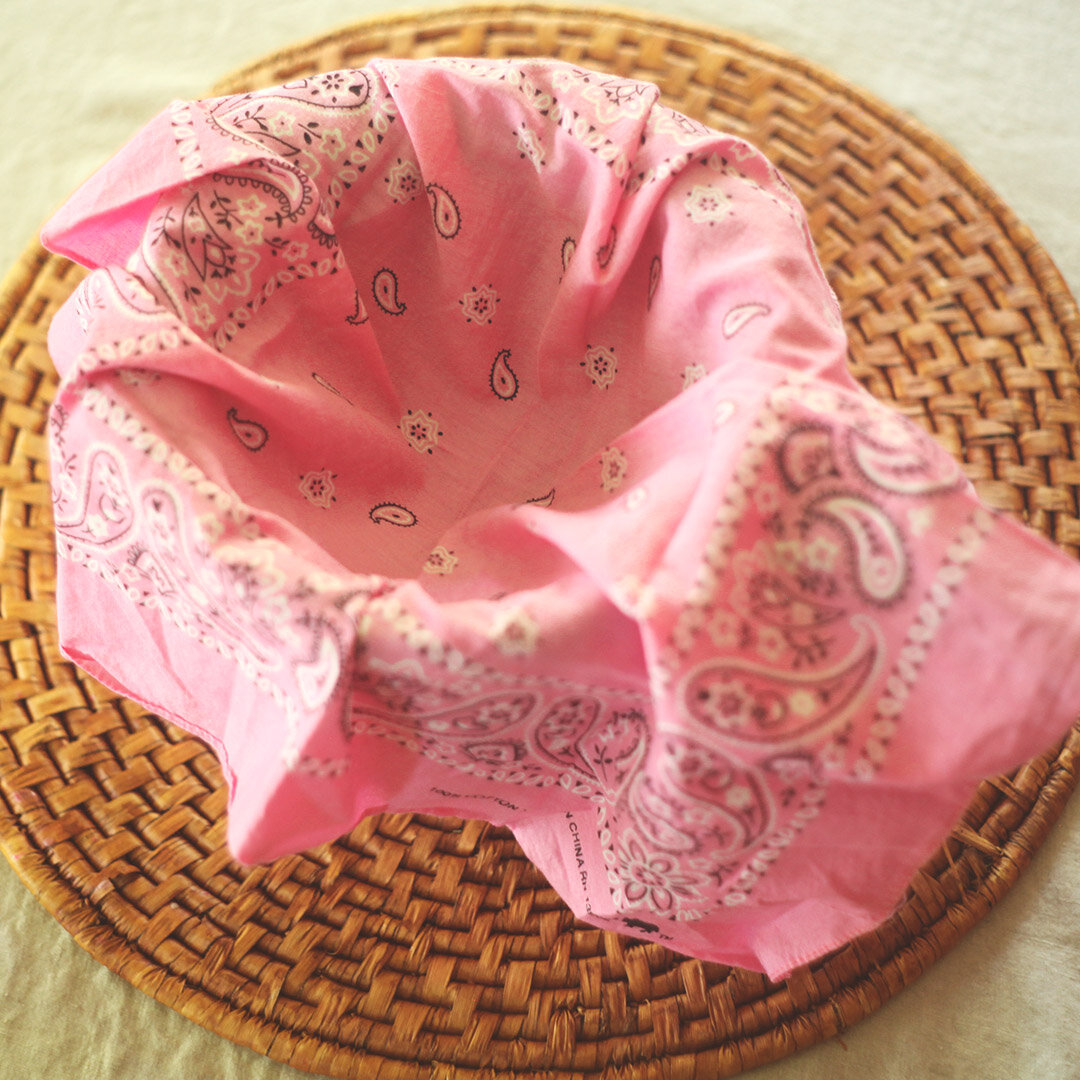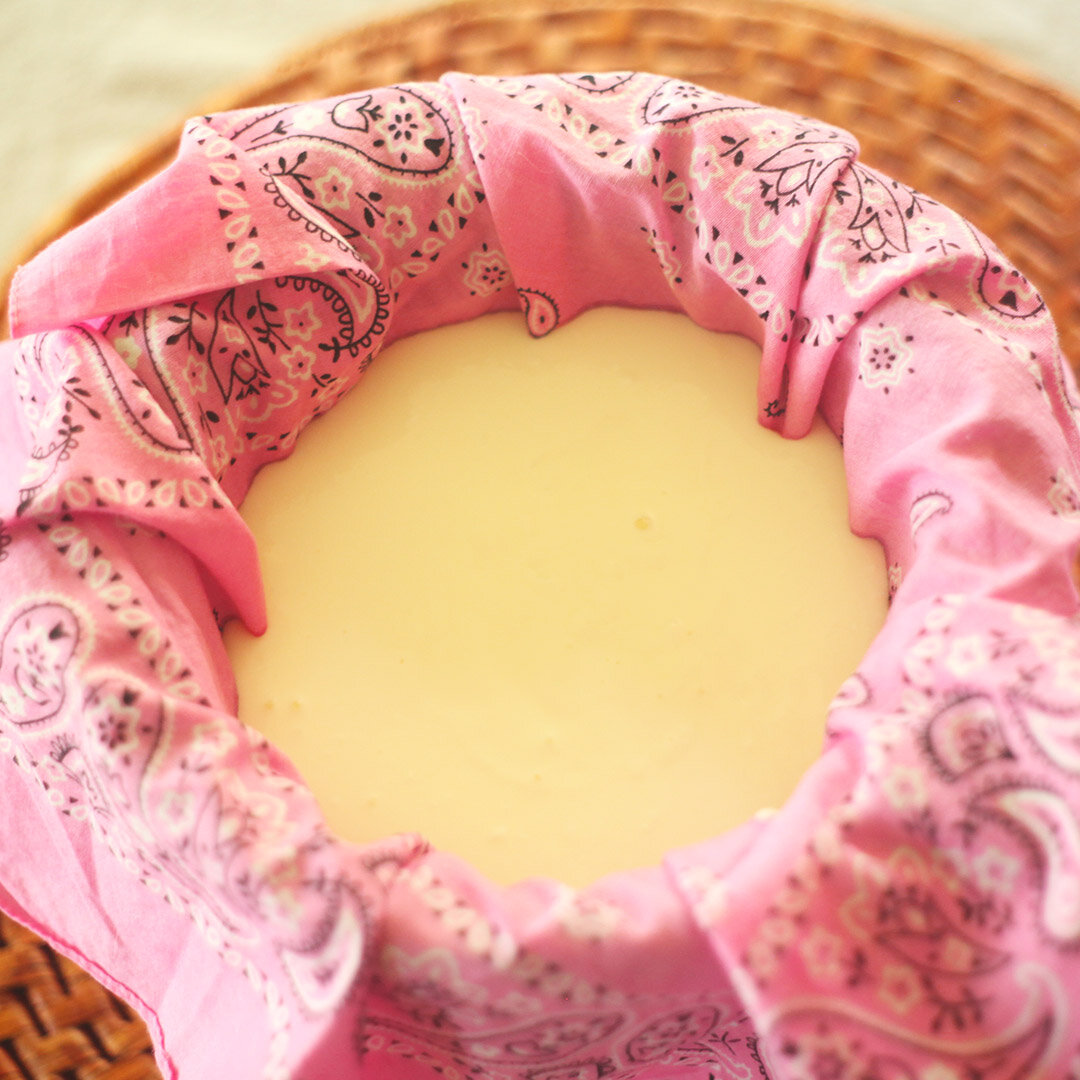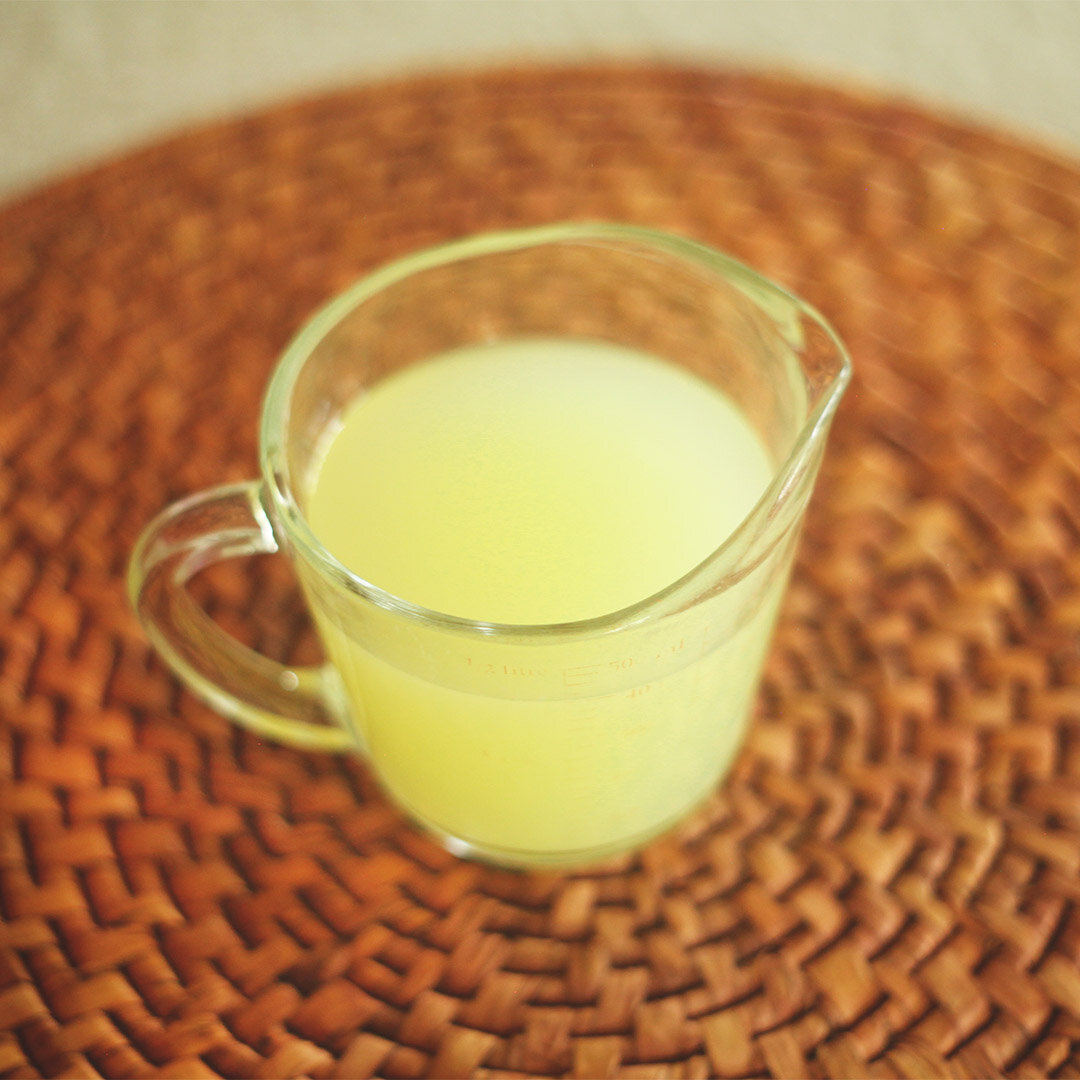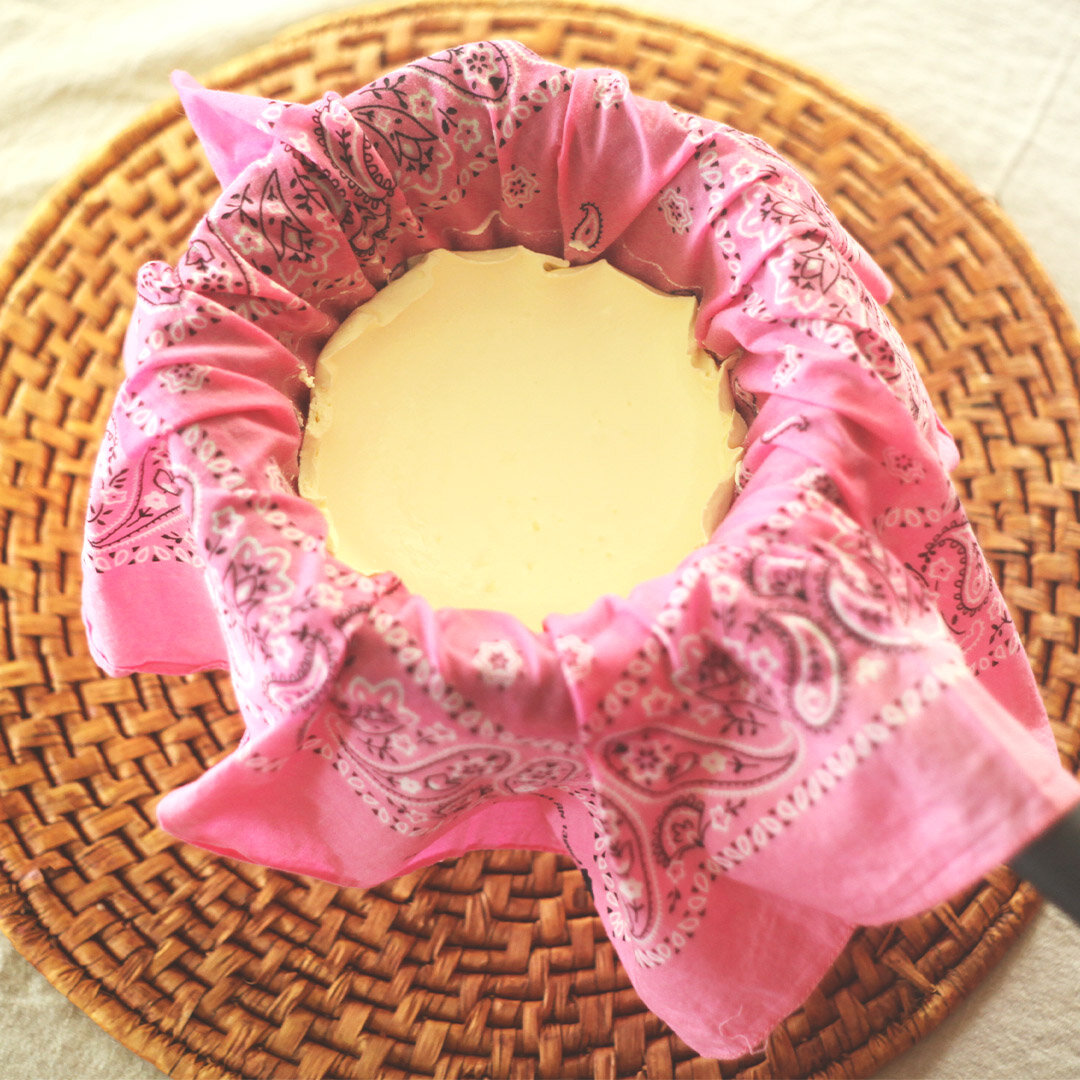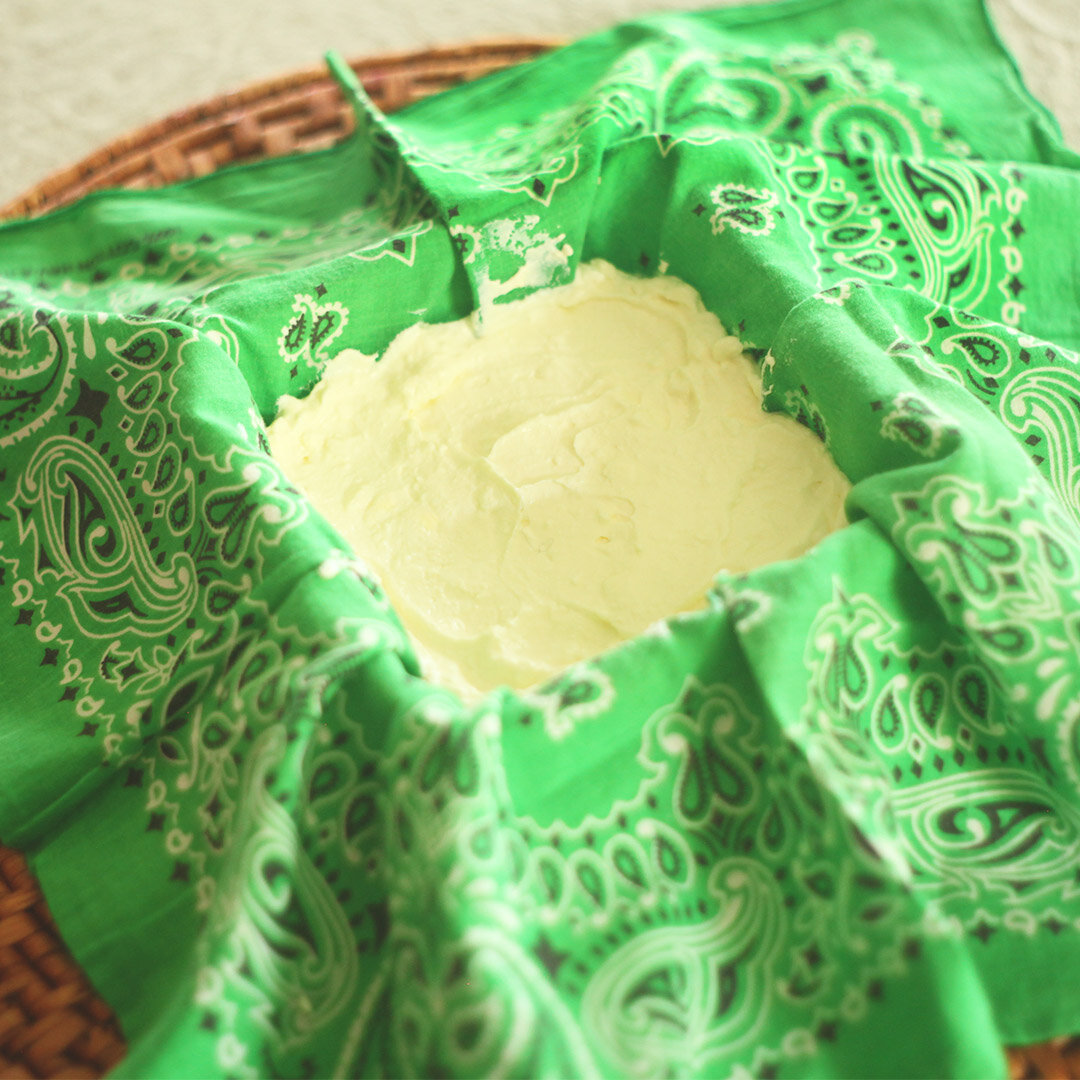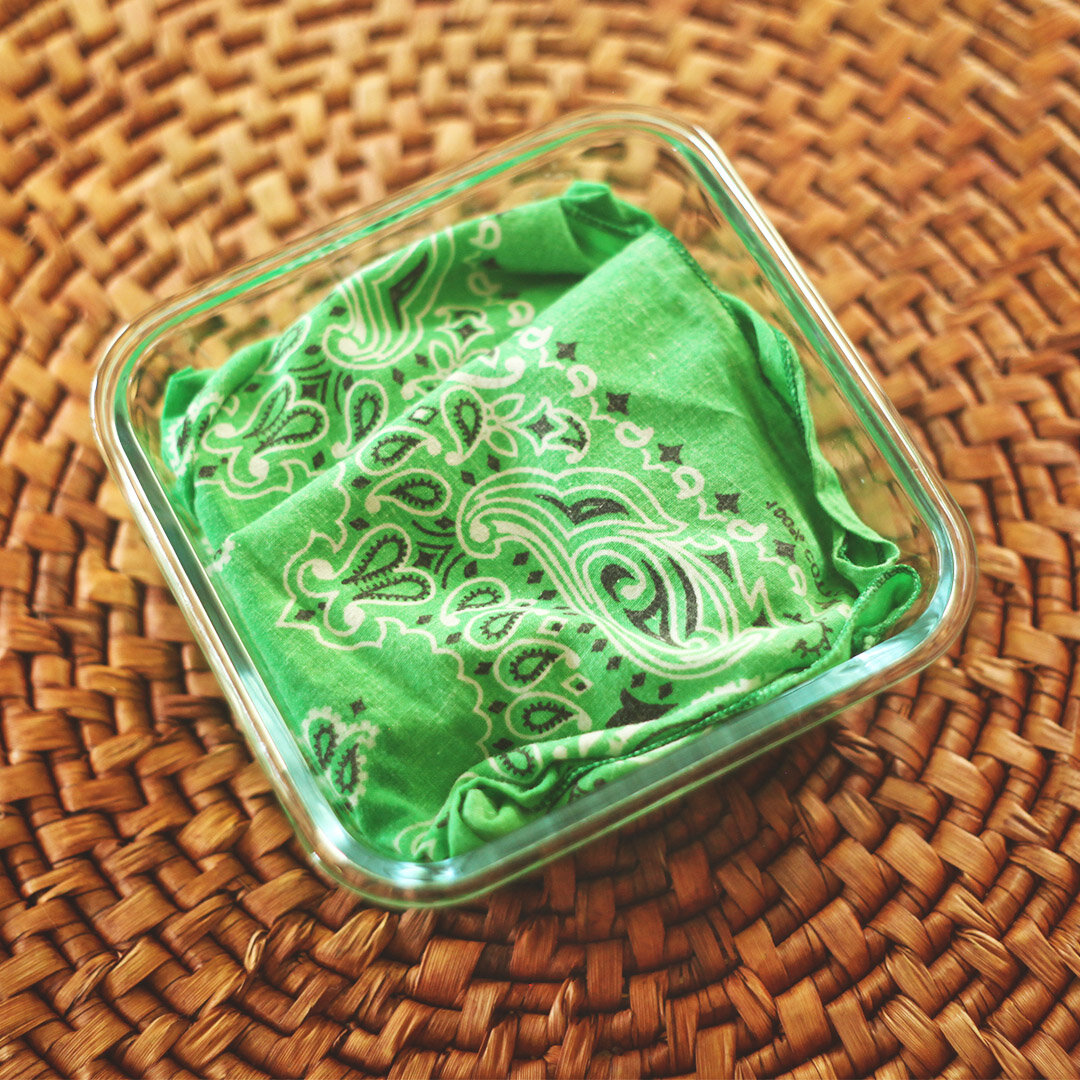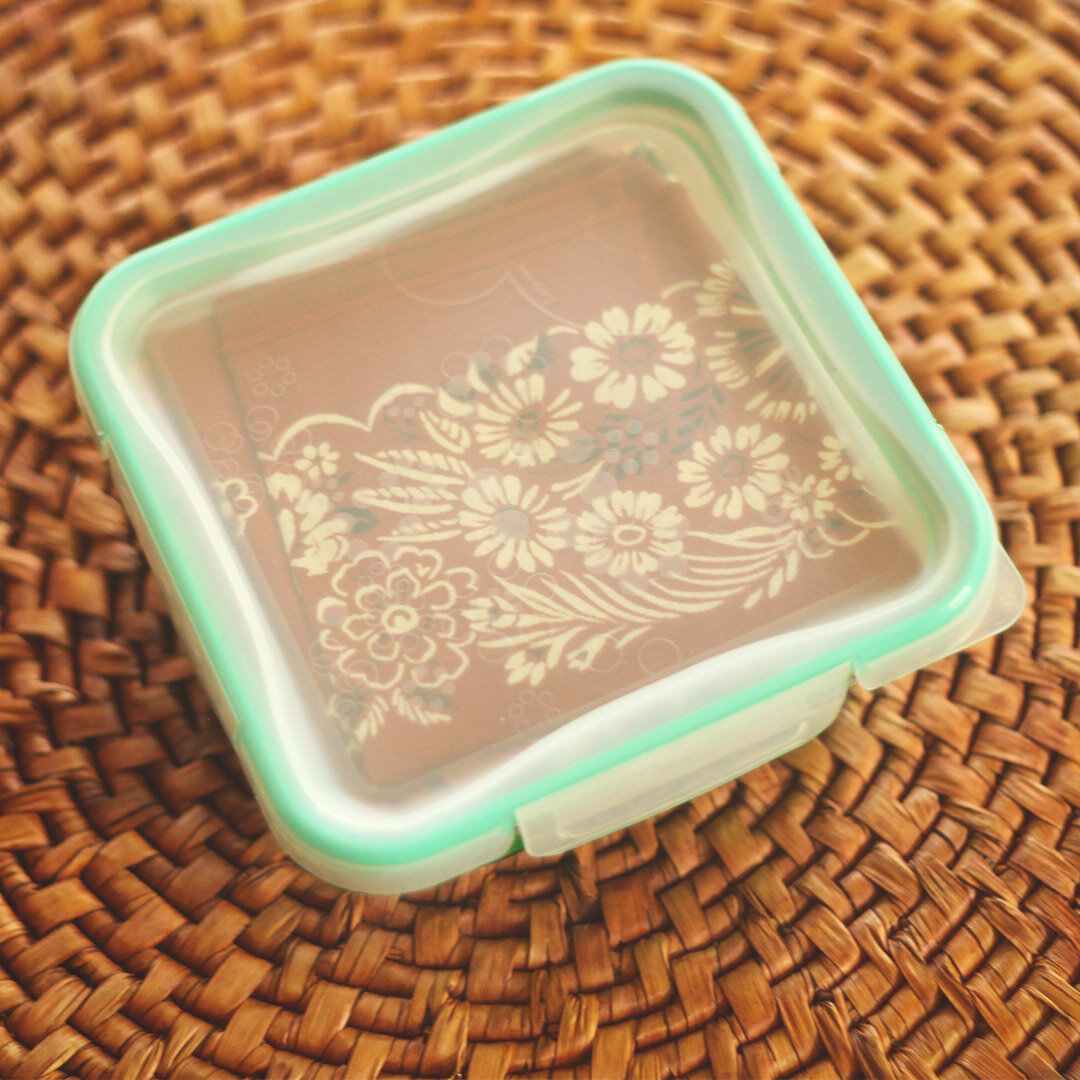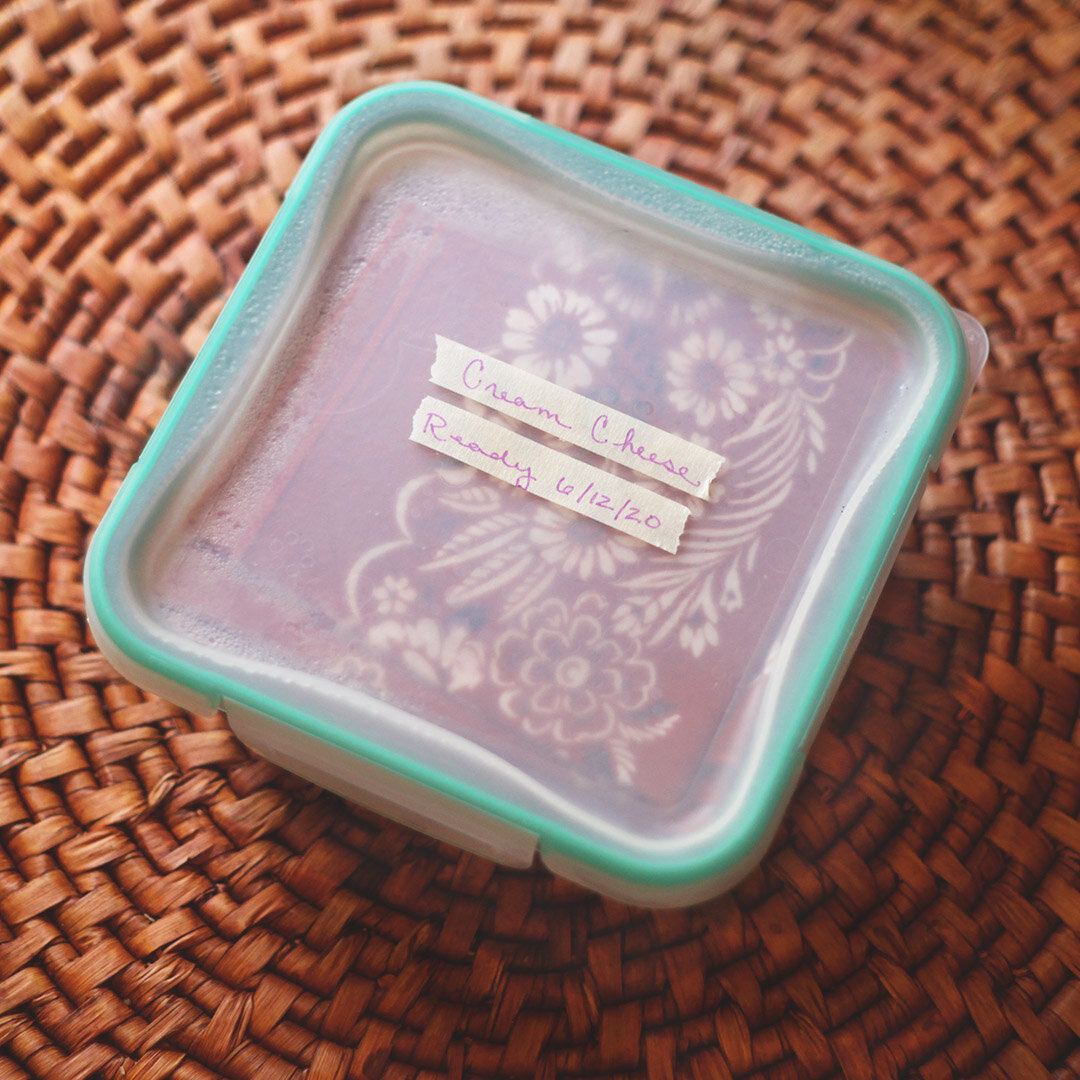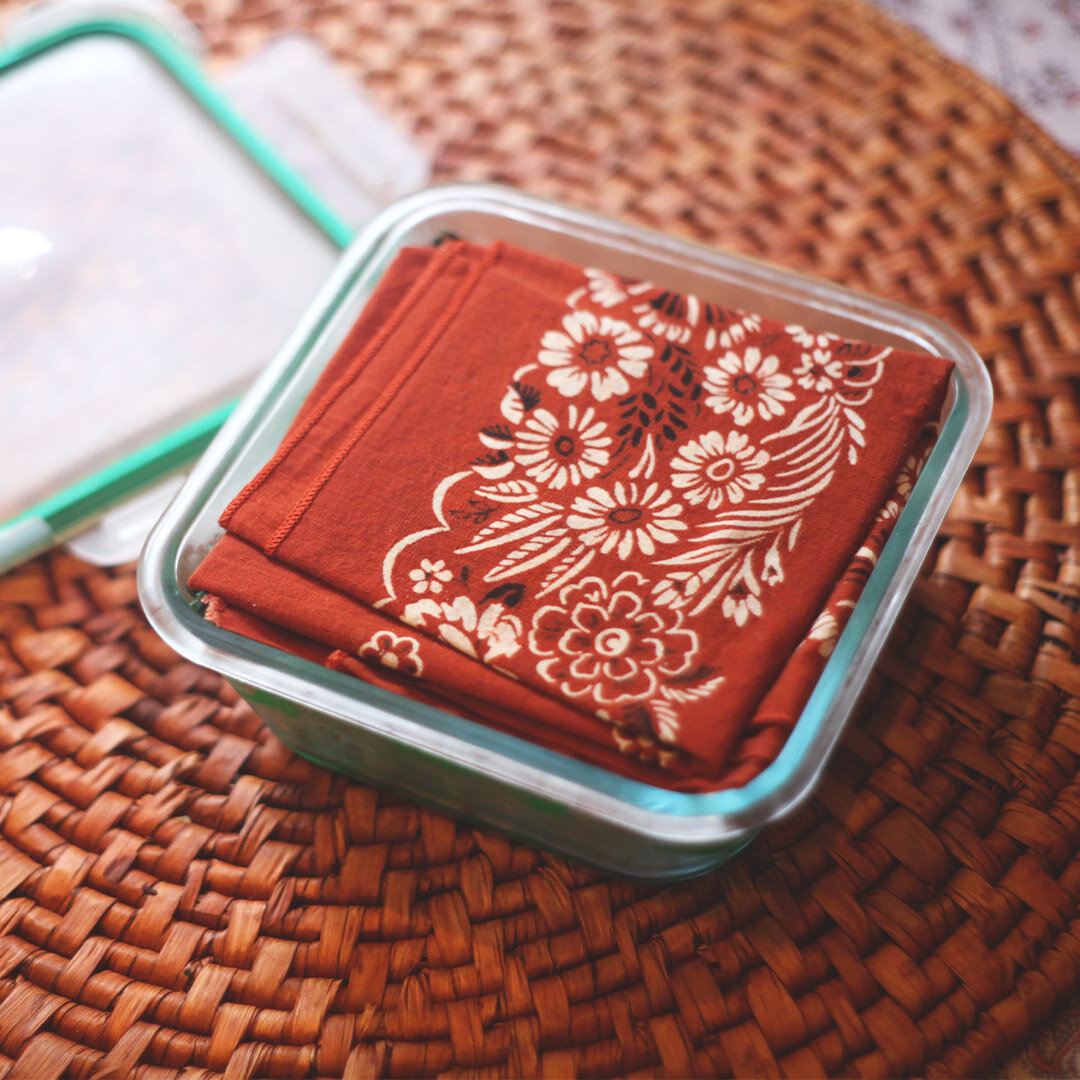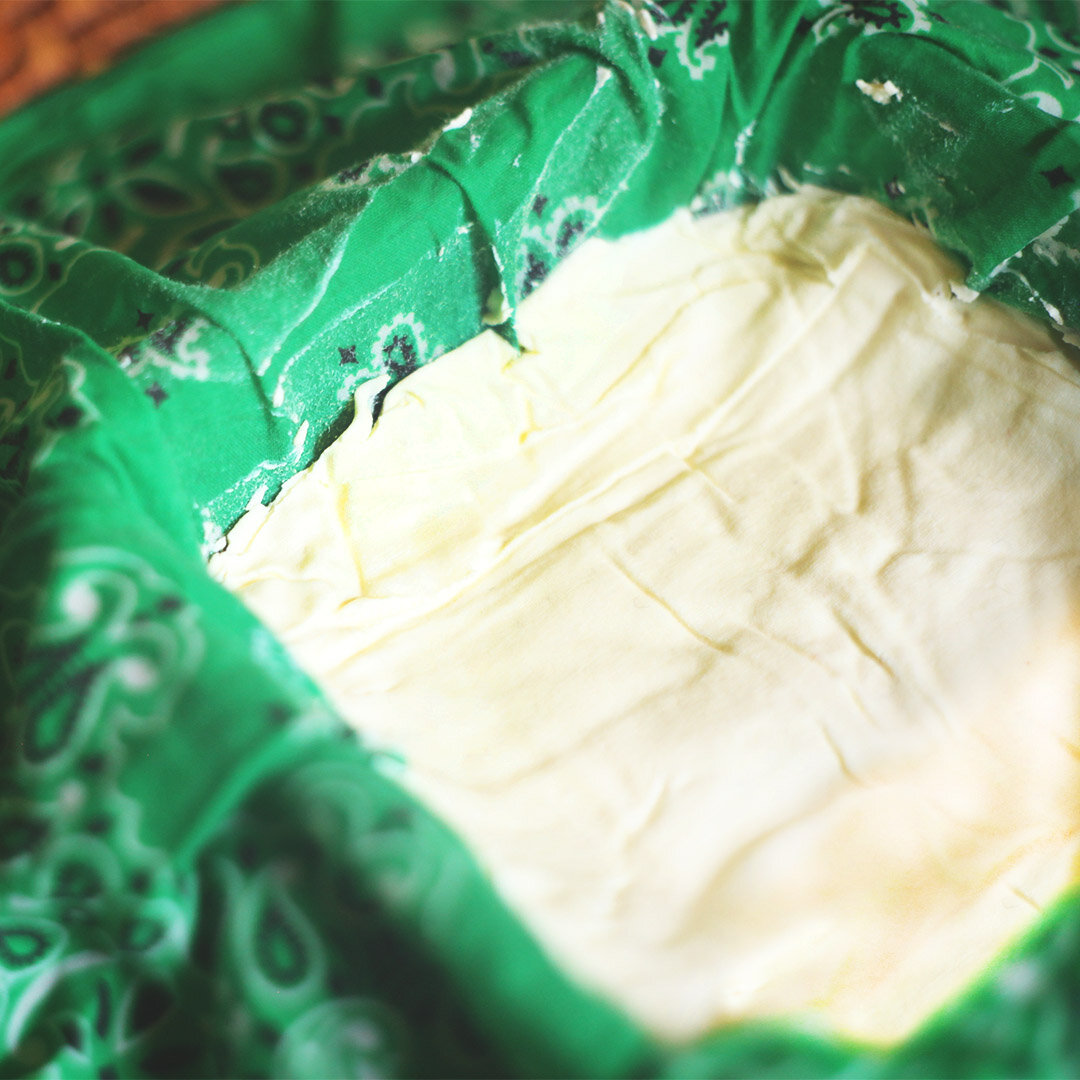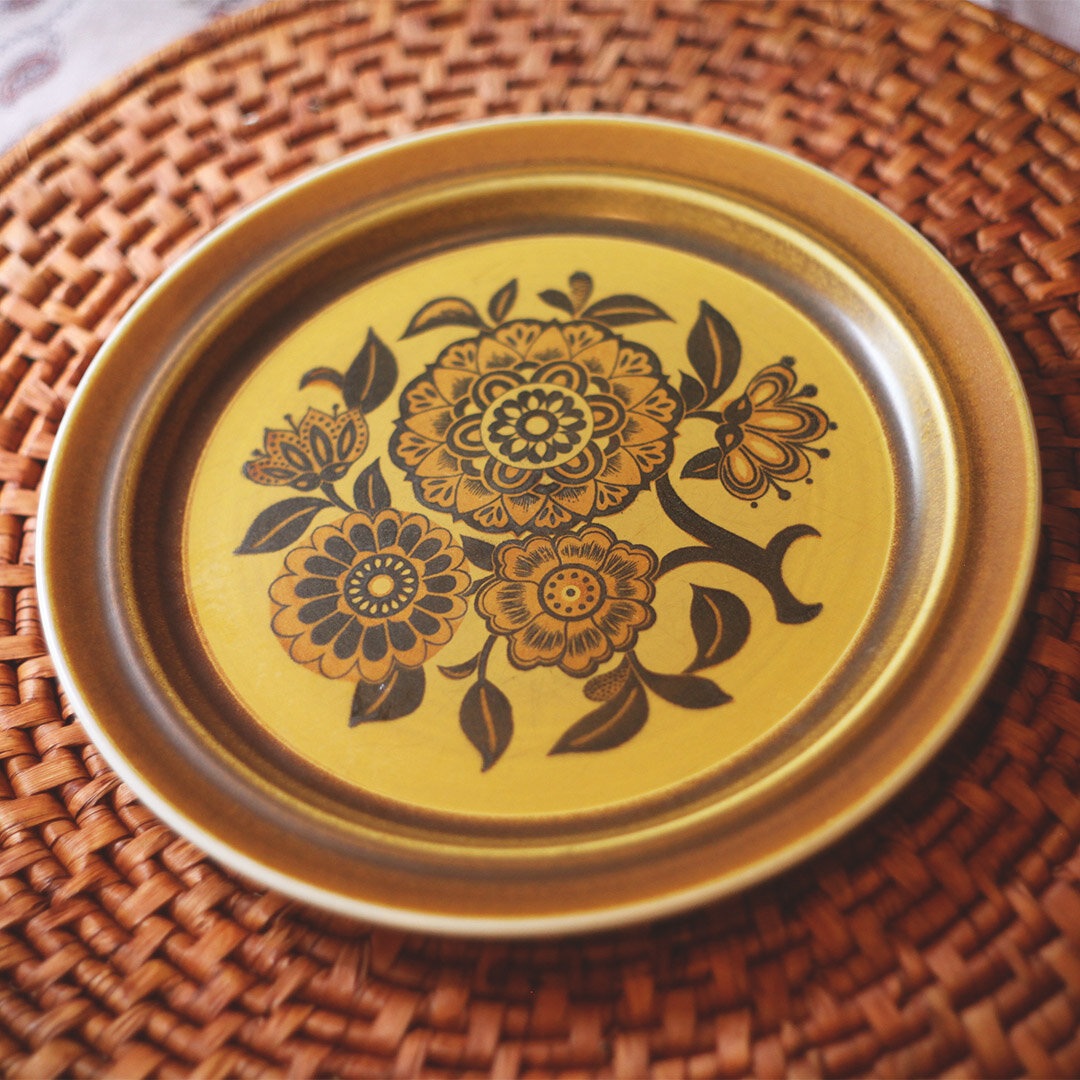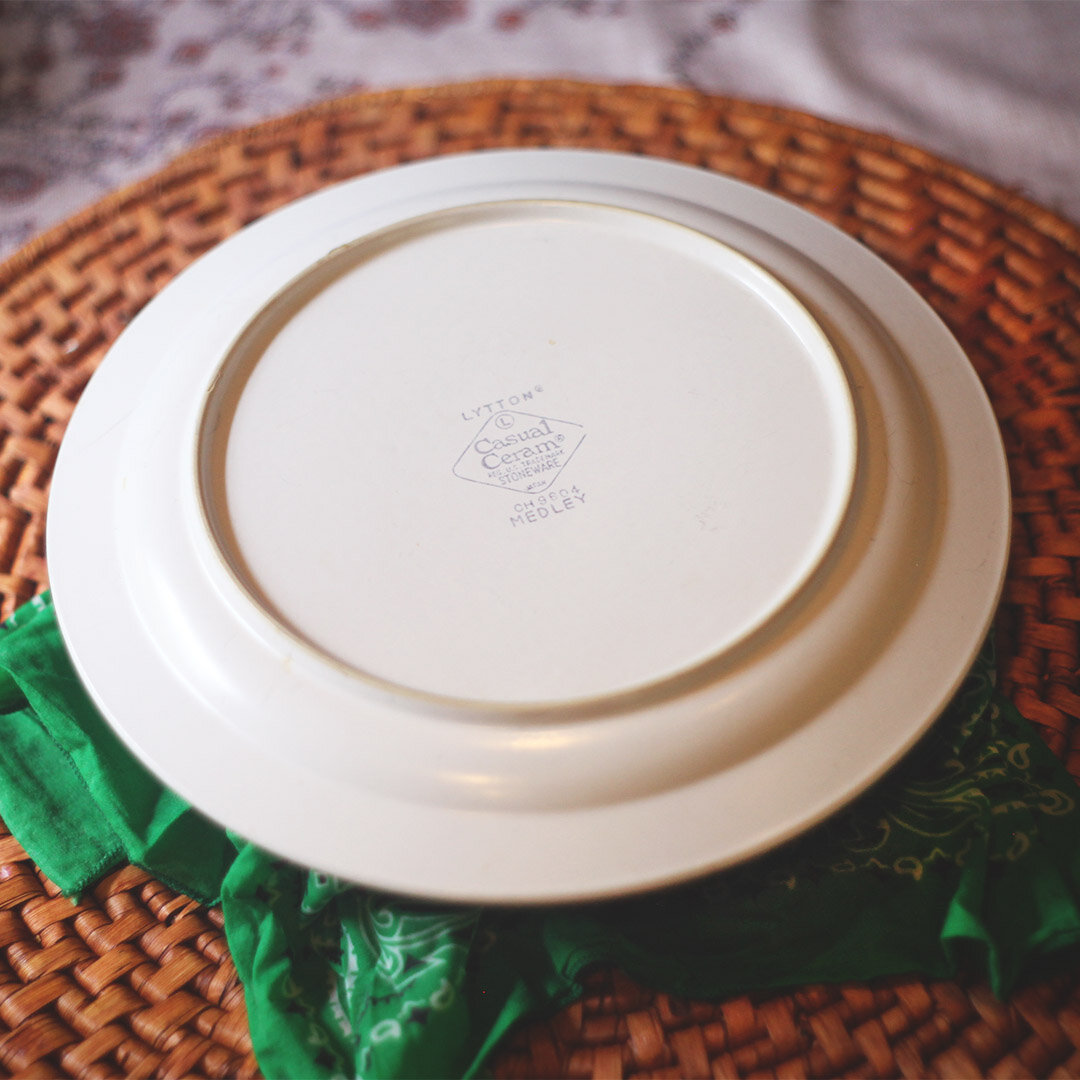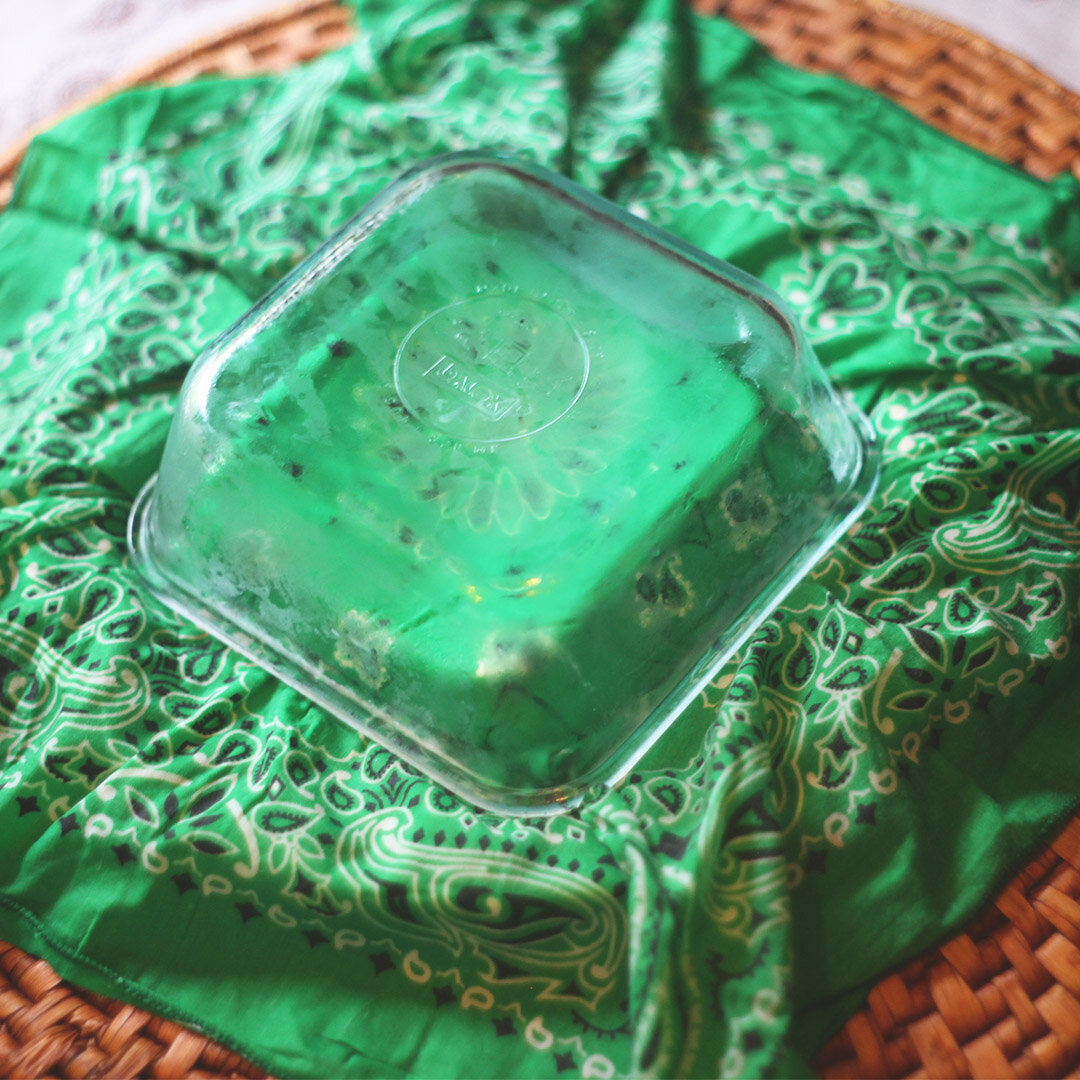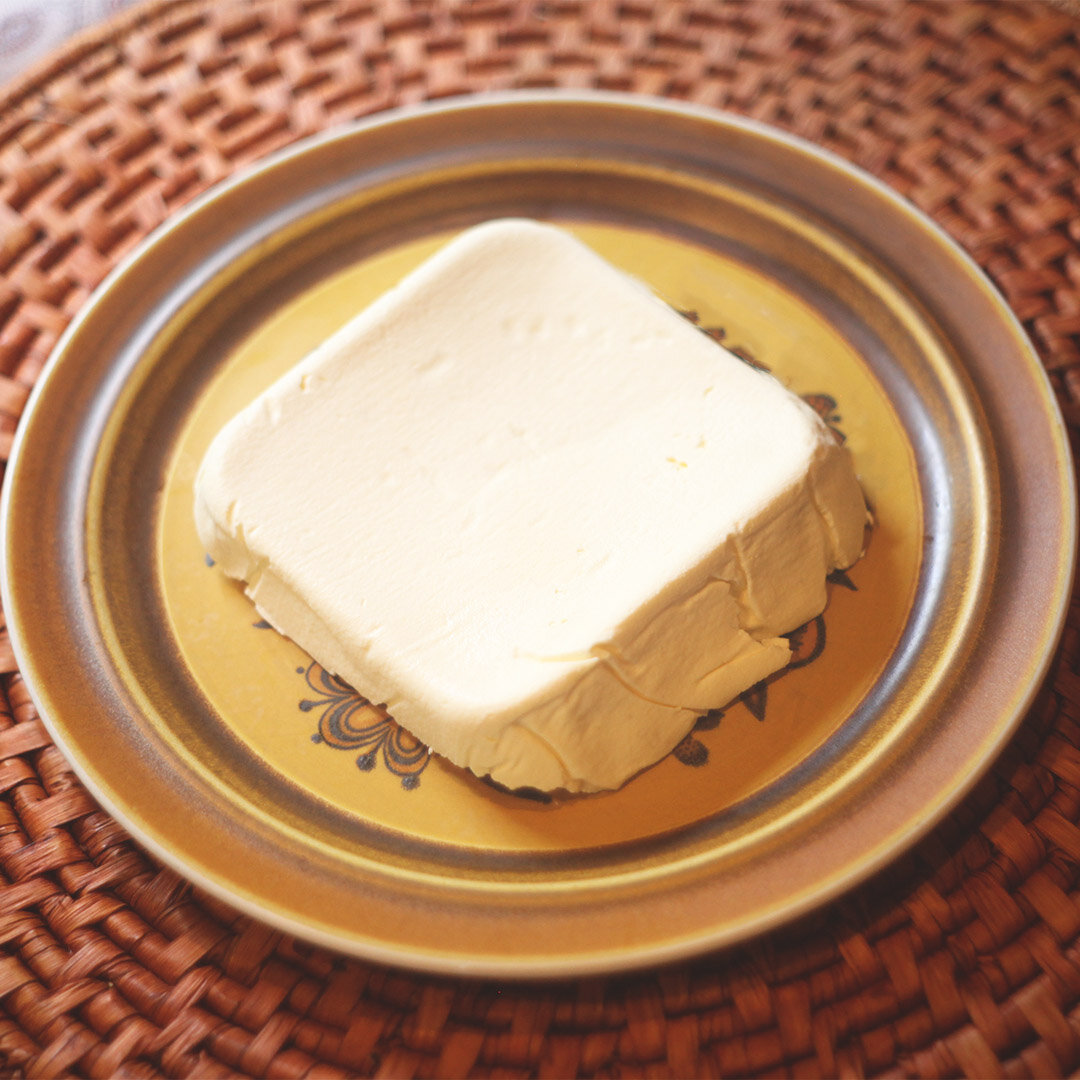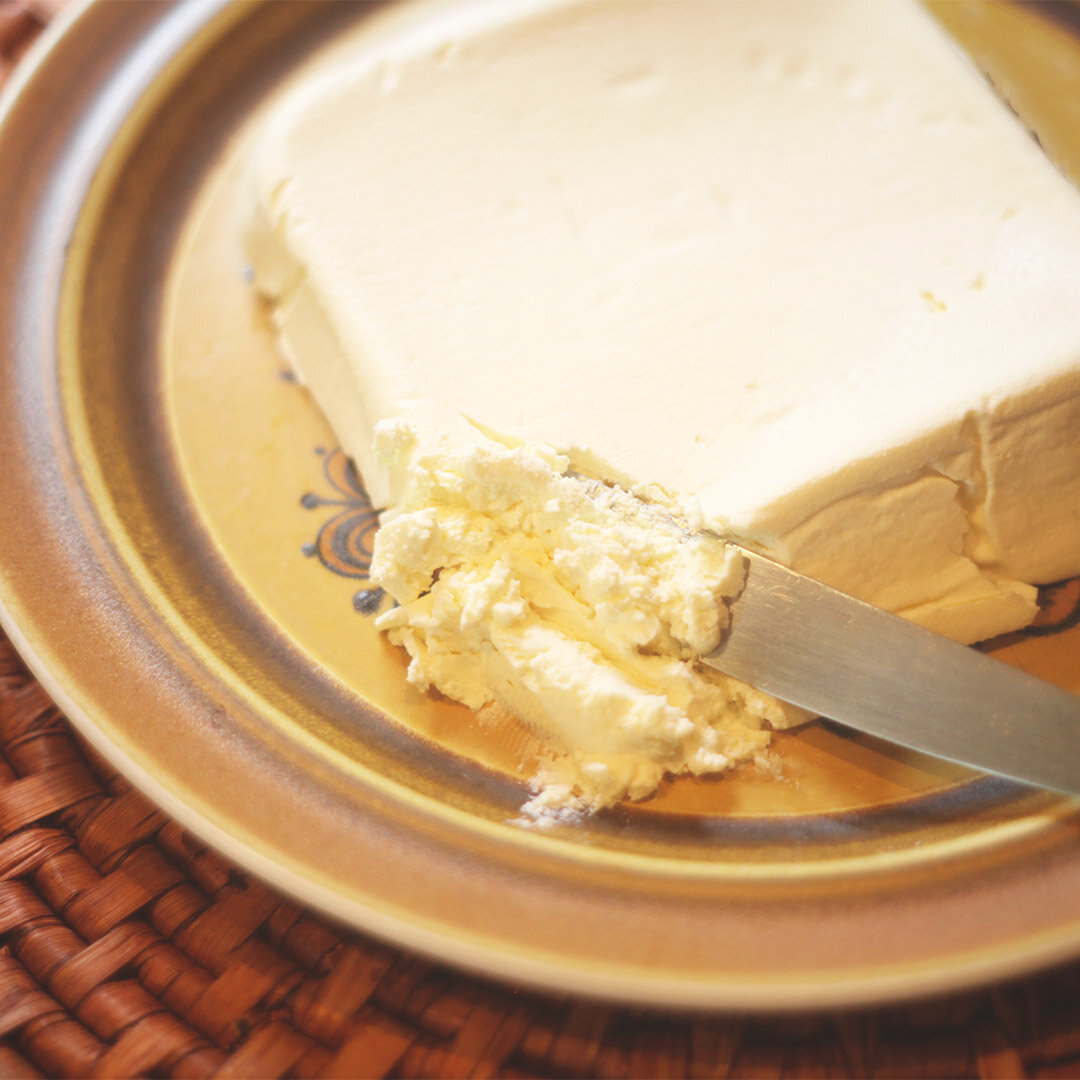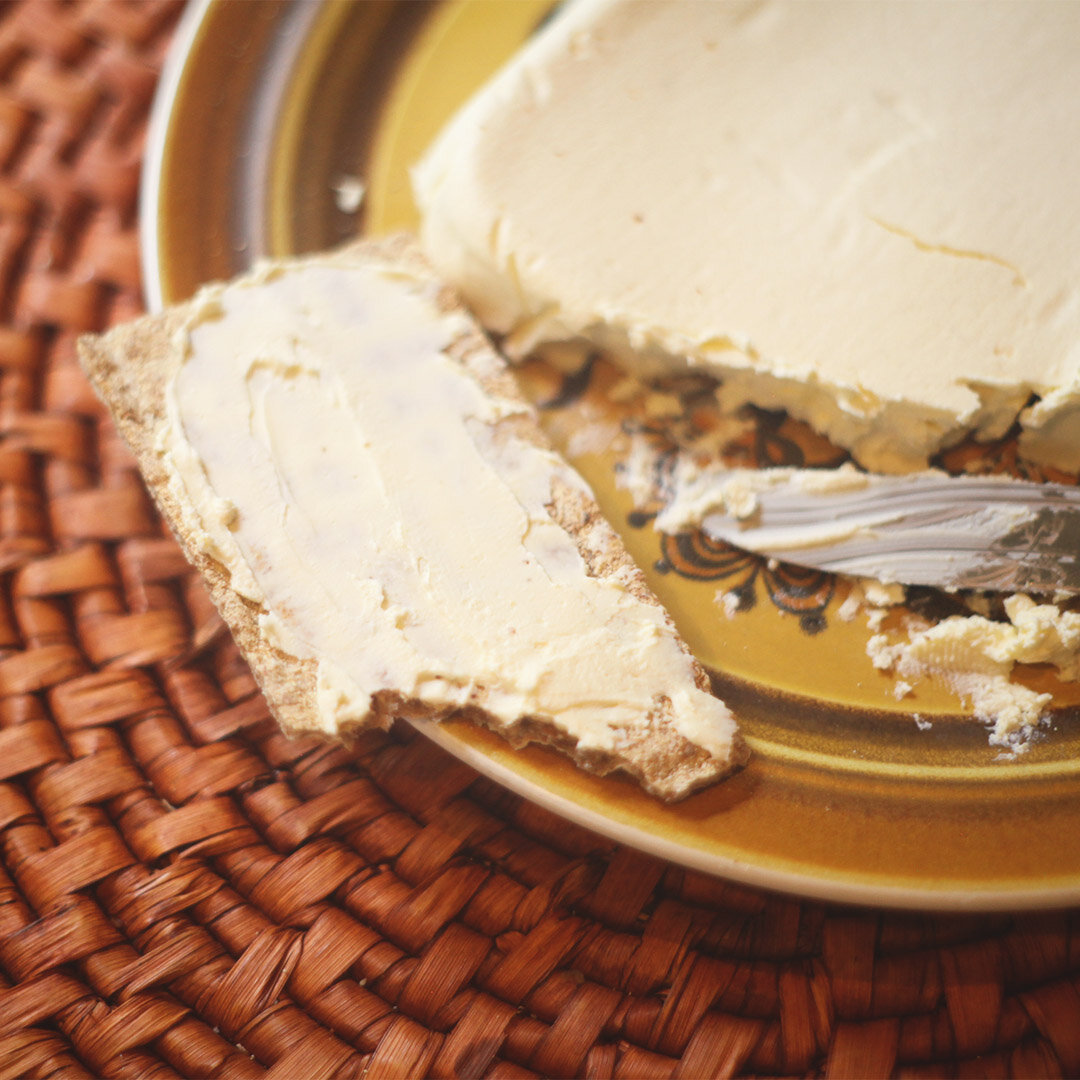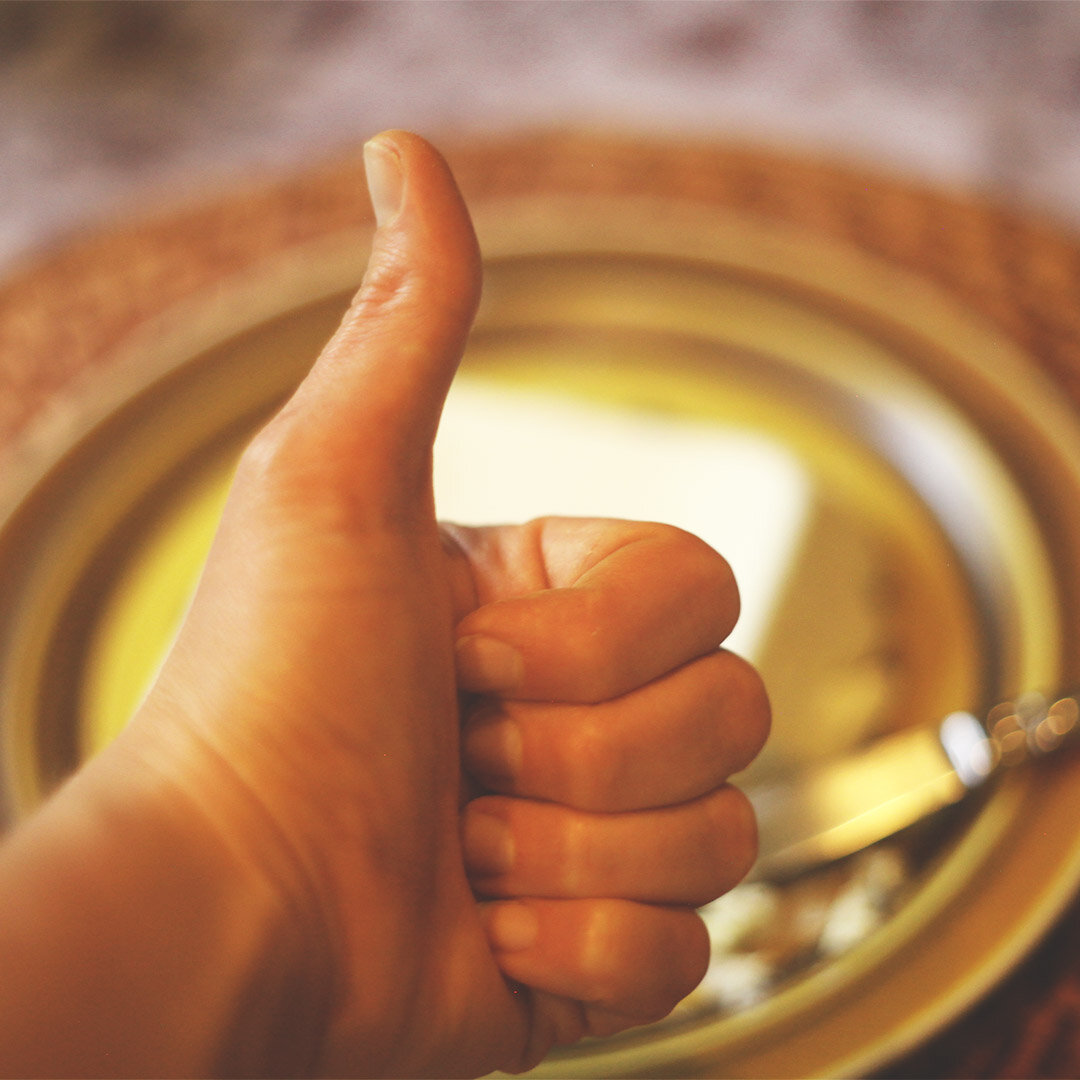One of my favorite ways to incorporate herbs into my day is by drinking herbal infusions. Potent and nutrient dense, herbal infusions are a great way to consume herbs and/or use them as a protective skin wash or hair rinse. Unlike herbal teas which are typically made by the cup with teaspoons of herbs and steeped for 10 – 15 min, herbal infusions are made by the quart using 1 oz of dried herb and steeped 4-8 hours. The increased amount of herb and steeping time creates a potent infusion that can be drunk to help promote health, healing and vitality.
My top three favorite herbs to make into herbal infusions are: comfrey leaf, oatstraw, and stinging nettle (as seen above from the left). I love each of them for different reasons, but one thing they have in common is that they help me to feel deeply nourished and energized. I feel a boost when I drink nettle infusion, soothed from sips of comfrey and a sense of calm from gulps of oatstraw. A rule of thumb when choosing herbs for an infusion is to refrain from using highly fragrant herbs that are high is volatile oils. These herbs will produce very bitter infusions that may irritate the stomach and even cause headaches.
Some Herbs to Use for Infusions: comfrey leaf, nettle leaf, oatstraw, red clover, raspberry leaf, linden leaf and blossom, mullein leaf, marshmallow root, hawthorn leaf, etc.
Some Herbs to Avoid for Infusions: lavender, chamomile, juniper berry, wormwood, peppermint, spearmint, mugwort, etc.
It's very important to use a kitchen scale to weigh out 1 oz of herb when making an infusion. The reason for this is that all herbs have a different volume due to the way they are cut and sifted. For example, 1 oz of oatstraw has a higher volume than 1 oz of comfrey. To ensure a potent and consistent brew, don't skip the step of weighing your herb.
Aside from nourishment, herbal infusions also offer an opportunity to connect with and get to know one herb very well. Using single herbs can help pinpoint how each herb makes us feel, which ones we like best and want to create relationships with. I've found that establishing connections with single herbs is one of the best ways to study them and understand their healing properties.
Let's Make an Herbal Infusion
Supplies Needed:
1 - clean, quart sized mason jar w/lid and jar ring
1 oz dried herb, (see list above)
1 - fine mesh strainer
1 – bowl
butter knife
kitchen scale
boiling water
wooden spoon, optional
Prepare the Herbal Infusion
Set a kettle of water to boil. Weigh out 1 oz of a nourishing dried herb of your choice into the mason jar. Fill the mason jar to the top with boiling water, place the lid onto the top of the jar, secure it with the jar ring and allow to steep 4-8 hours. I typically make my herbal infusions before I go to bed at night and strain them in the morning.
Strain the Herbal Infusion
When the 4-8 hours is up, rest the strainer into a bowl. Unscrew the jar ring and use a butter knife to break the seal of the lid. Remove the lid and pour the contents of the jar into the strainer. Use the back of a spoon or your hand to squeeze all the liquid from the herb. Compost the herb and give thanks. Rinse the jar and lid, pour the herbal infusion back into the jar. Your infusion is now ready to drink and use. Be sure to store the infusion in the refrigerator as it will go bad if left at room temperature for an extended amount of time. In my opinion herbal infusions taste much better chilled. Pour the room temperature infusion over ice or chill it down in the fridge before you drink it. Drink or use your infusion within 3 days.
I hope this article inspires you to make your own herbal infusions. Not only are they easy to make, but also offer up many nutrients that are crucial to our health and over all vibrancy. If you'd like more guidance, check out this short demo right here on how to make a Comfrey leaf infusion.


